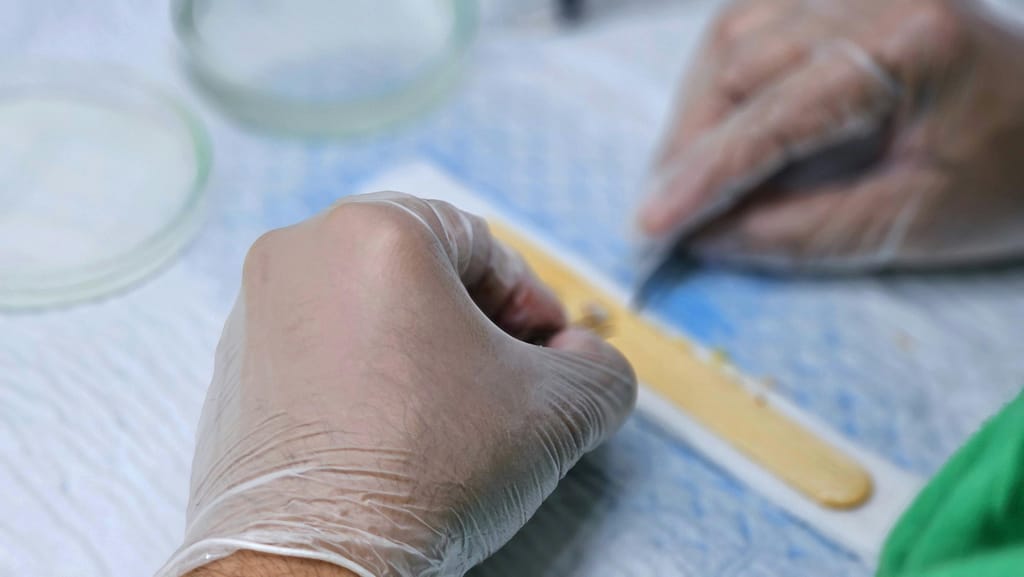One of the most common queries patients ask Dr. Bruce Marko is: “What’s the difference between FUE and FUT hair transplants?”
For those researching their first procedure, the terms can be confusing. The good news is that both techniques are safe, effective, and widely used. The right choice depends on each patient’s needs, lifestyle, and preferences.
Here’s a clear guide to help understand FUE vs FUT hair transplants—and how Dr. Marko helps patients decide which method may be best for them.

What is FUT?
FUT (Follicular Unit Transplantation) is often called the “strip method.” During this procedure, a thin strip of scalp is removed from the back of the head. From this strip, follicular units (groups of 1-4 hairs) are carefully divided under a microscope and transplanted into thinning areas.
Why patients choose FUT:
- Allows for a high number of grafts in a single session
- Procedure time can be shorter
- A strong option for patients with more advanced hair loss
The main consideration is that FUT leaves a small linear scar at the donor site. For patients who typically wear longer hairstyles, this scar is usually hidden.
What is FUE?
FUE (Follicular Unit Extraction) works differently. Instead of removing a strip of scalp, individual follicles are taken directly from the donor area using a tiny punch tool. These follicles are then transplanted to thinning areas one by one.
Why patients choose FUE:
- No linear scar—only tiny dot-like scars that are barely noticeable
- Shorter healing time and less discomfort afterward
- Ideal for patients who prefer shorter hairstyles
Because each follicle is removed individually, FUE can take longer than FUT for larger sessions. Still, many patients prefer it for its flexibility and natural-looking results.
FUE vs FUT: Key Differences
Here’s a simple way to compare the two methods:
| Factor | FUT | FUE |
| Scarring | Small linear scar | Tiny dot scars, barely visible |
| Recovery time | Slightly longer | Faster recovery |
| Procedure time | Faster for large grafts | Longer for large grafts |
| Hair style flexibility | Scar may show with very short cuts | Flexible for short hairstyles |
| Graft numbers | Large sessions possible | Smaller sessions at a time |
Both FUT and FUE deliver natural results when performed by an experienced surgeon. The differences come down to individual goals and preferences.
Which Method is Right for You?
There is no one-size-fits-all answer when it comes to FUE vs FUT hair transplants.
FUT may be best for patients who:
- Have significant hair loss and need many grafts at once
- Prefer longer hairstyles
- Want a shorter procedure time for large sessions
FUE may be best for patients who:
- Want to avoid a visible linear scar
- Wear shorter hairstyles
- Prefer a quicker recovery period
Other factors, such as age, long-term goals, and comfort with each approach, also play a factor. Dr. Bruce Marko works with patients to evaluate these factors and determine the method that best fits their needs.
Final Thoughts
Both FUT and FUE are proven methods that restore fuller, natural-looking hair. What matters most is choosing a plan tailored to the individual.
At RESTORE, Dr. Bruce Marko takes the time to understand each patient’s goals and lifestyle before recommending a treatment path. For anyone considering a hair transplant and wondering “FUT vs FUE—which is right for me?” the next step is a consultation with Dr. Marko to explore the best options.
Leave a Reply